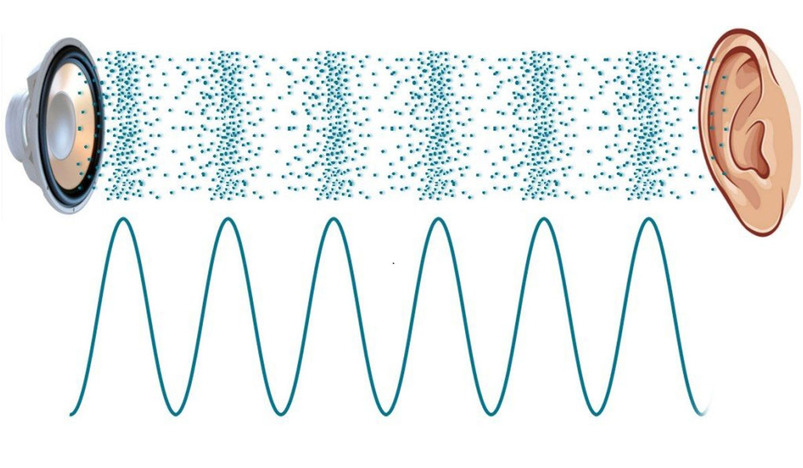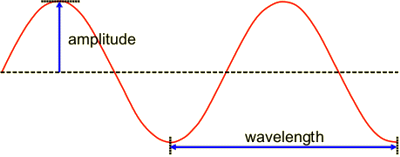Scientific Method
- Observation- what I see, taste, touch, smell, hear
- Inference- what I guess, assume
- Prediction- a future statement with words like, “will,” “might,” “could” etc
- Hypothesis Statement- If (inference), then (prediction)
- Independent Variable- what I choose/change in my experiment
- Ex: The amount of light I expose the grass to
- Dependent Variable- what I measure at the end of my experiment
- Ex: The growth of the grass
- Controlled Variable- what I keep consistent in my experiment
- Ex: The type of grass, the amount of time since it was planted, the watering schedule
- Bias- my preferences that cause unfair/inaccurate results
- Ex: If the grass needs light to grow, then grass in the shade will not grow well.
Force + Motion
- Newton’s Three Laws of Motion
- If the net force of an object is 0 then the object will not change its motion
- Acceleration of an object is equal to the net force acting on the object divided by the mass of the object
- When 1 object exerts force on another, the second object exerts equal force in the opposite direction
- Contact Force- When objects exert a push or a pull through direct contact (ex: drag, friction)
- Noncontact Force- When objects exert a push or pull with no contact (ex: gravity, magnetism)
- Peak Force- The moment when forces are equal and opposite during a collision
- Force- Any push or pull
- Kinetic Energy- The amount of motion present in a system (more movement, more energy)
- Free Body Diagram- A model showing all the forces acting on objects (making sure to center the forces and show the direction and intensity using arrows)
Sound Waves

- Frequency– How fast a wave travels
- High frequency– scrunched up, high pitch note
- Low frequency– spread out, low pitch note
- Amplitude– How tall a wave is
- High amplitude– tall wave, loud sound
- Low amplitude– short wave, quiet sound
- Kinetic Energy– Energy of motion (how fast particles are moving)

Magnetism
- Electricity: when electrons flow through a conductive material (like metal)
- Magnetism: when electrons flow together in a material, causing a magnetic field
- Electromagnet: when a wire (or other impermanent magnet) has electricity flowing through it, causing it to generate a magnetic field

Astronomy
- Solar: referring to our sun
- Lunar: referring to our moon
- Orbit: circling an object
- Elevation: how high up something is
- Elliptical: type of oval
- Rotation: spinning around a point
- Axis: a point something spins around
- Annual: Happens every year
- Diurnal: Happens every day
- Hemisphere: Half of a sphere (we divide the Earth into southern and northern hemispheres)
- Umbra: darker shadow (reddish because of refraction through the atmosphere)
- Penumbra: lighter, wide shadow (blue or purplish because of refraction)
North Star: does not appear to move because the axis points directly to it

Seasons: are caused by the axis tilting towards the sun or away from the sun:


Lunar Phases:

Simulation from class: https://ccnmtl.github.io/astro-simulations/lunar-phase-simulator/

Light review:


Eclipses:

Formation of the Solar System



As particles in space become closer and closer, a new object can form. The mass of the new object will grow, so the force of gravity increases.


https://exoplanets.nasa.gov/resources/2331/astronomical-objects-through-the-history-of-the-universe/


